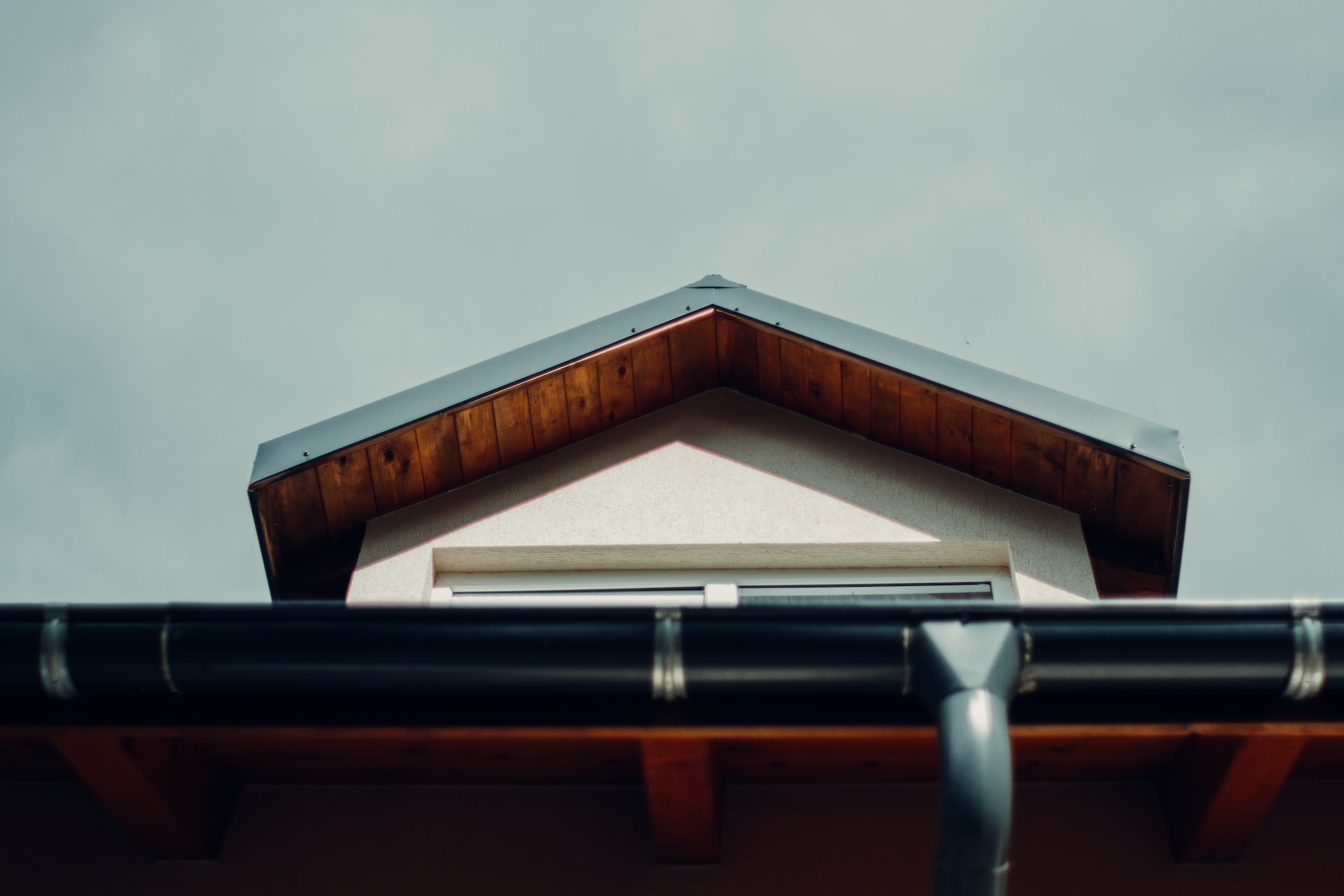Benefits of Gutters Installation For Your Home
You would want to have gutters installed in your home for several reasons. One of the most common is water runoff. This is an important way of protecting your home from floods and soil erosion. But there are other benefits as well. Gutters are also a great way to improve the appearance of your home and increase your curb appeal.
Preventing Flooding
Gutters prevent flooding by directing rainwater away from the foundation of your home. They also prevent erosion and protect your siding and exterior doors.
Water can overflow from a clogged gutter and seep into the basement. In addition, debris in your gutters can block the downspout and create an inviting environment for insects and rodents. If you do notice that your basement has been affected and you have dealt with the guttering issue, you may want to call in basement remodeling services to re-do this area if the flooding has warped the inside.
Water can seep into the foundation of your house, causing damage to your siding, trim, and flooring. It can also encourage mold and termites to grow. Adding a sump pump to your home can help protect it from the consequences of a leaky gutter.
Gutters should be inspected and cleaned regularly to help prevent flooding. This process is often overlooked but is essential to your home’s health and safety.
If you have a leaky roof, it is essential to inspect your gutters. Take advantage of services like the house gutter services yorktown heights ny. This would help you solve a leaking gutter that can cause significant structural problems to your house.
Preventing Soil Erosion
Gutters prevent soil erosion by diverting rainwater away from home. This is important because it protects the home’s foundation from damage and allows water to drain in a controlled manner. A properly installed gutter can save thousands of dollars on home repairs.
When there is excess water on your roof, the soil can wash away and cause mud pools to form on your lawn. It can also cause problems with your sidings, garden beds, and foundations.
If you have a basement, your gutters should direct the water away from the foundation. Otherwise, it will seep into the foundation and cause rot or mold. It would help if you cleaned your gutters at least once a year.
You can help prevent soil erosion by planting rows of plants on your contours. This can help break up long slopes and channel small runoff streams across the hill.
If you live in a rain-prone area, your gutters should be cleaned at least three months after storms. The last thing you want is standing water attracting mosquito larvae and causing damage to your property.
Increasing Curb Appeal
Boosting your home’s curb appeal can significantly impact its sale price. Adding curb appeal doesn’t have to cost a fortune. Creating a welcoming front door and a tidy lawn are two of the simplest ways to improve the look of your house.
Getting the right shade of paint on your front door is a simple and inexpensive way to boost your home’s curb appeal. A warm paint color can give the impression of a welcoming and inviting home. Consider adding a few decorative accents, such as a mailbox, hanging planters, and colorful outdoor rugs.
The best way to raise your house’s curb appeal is to invest in new landscaping. Using perennial plants can help you avoid the annual expense of replanting. Plus, fresh flowers can add some much-needed drama to your landscape.
Adding window boxes can also boost your home’s exterior. Window boxes can be filled with seasonal flowers to add color to the surrounding area. Additionally, keeping your gutters clean and free from debris is essential for maintaining your home’s appearance. Professional services like gutter cleaning Charleston SC, or elsewhere, can ensure your gutters are both functional and visually appealing.
Preventing Fungal Wood-Rot
You can protect your home from wood rot in several ways. You can cover any gaps that might allow water to seep into the house. Another way is to make sure that your gutters are free of debris. Unclean gutters can cause water to overflow into your home. This can lead to damage to your foundation.
The best way to stop wood rot in your home is to keep it dry and free of water. Wood rot is caused by fungi that need a moist environment to grow. Fortunately, you can easily avoid getting your home infected. However, if you get a case of rot, it’s essential to repair it quickly.
You’ll want to look for spores forming white patches around the rotting area. If you don’t have access to a flashlight, you can use a screwdriver to poke the wood. A soft or spongy feeling is another sign of rot.

